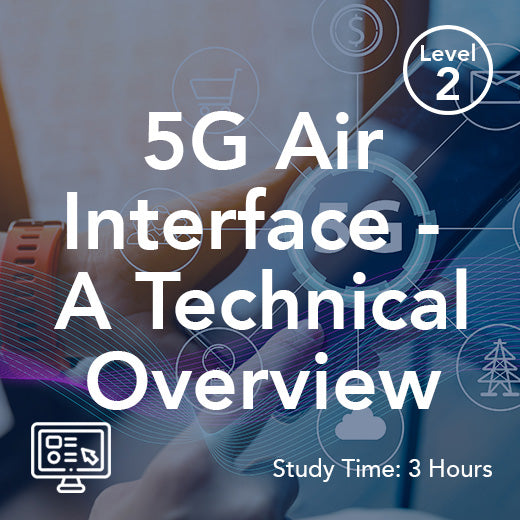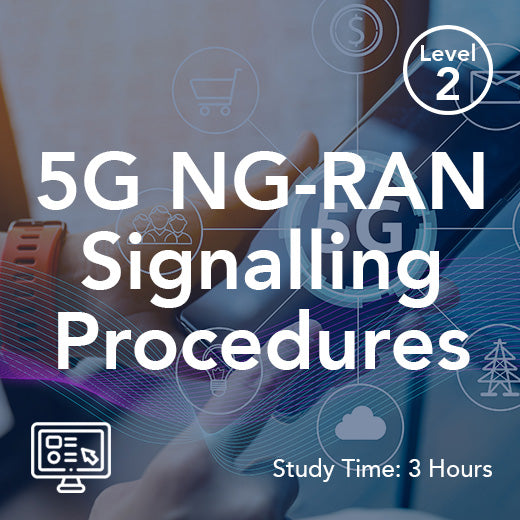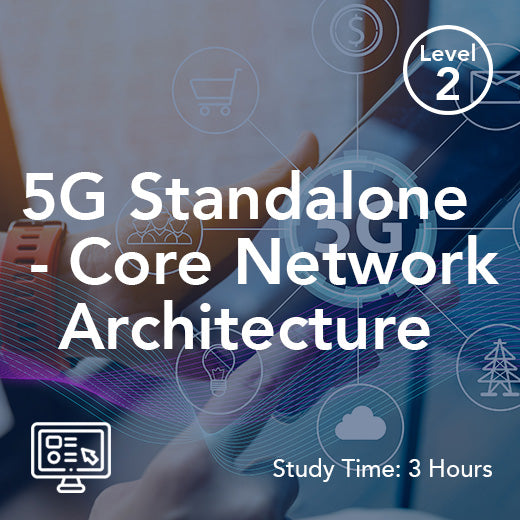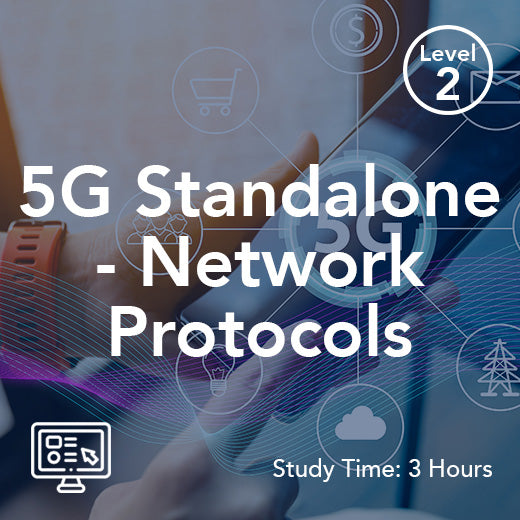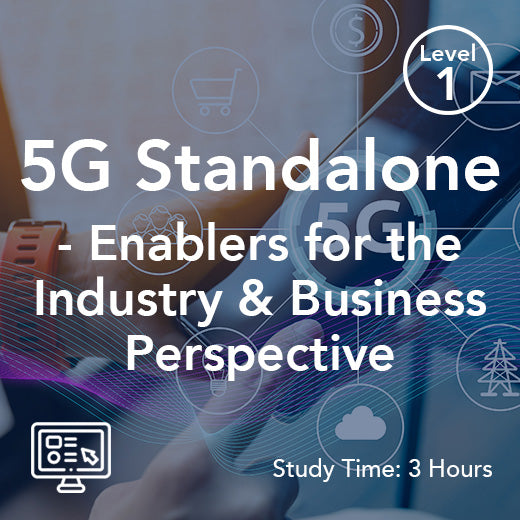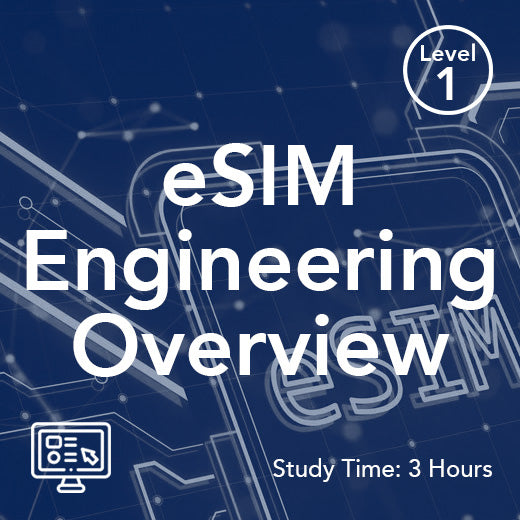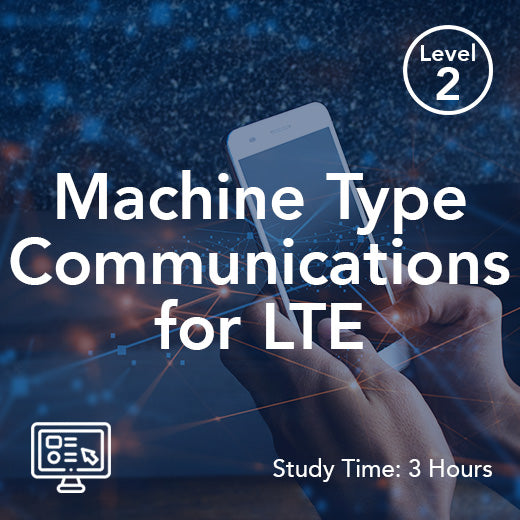Non Line Of Sight Propagation
- , by Stephanie Burrell
- 1 min reading time
Non line of sight propagation in telecom refers to the transmission of signals between a transmitter and receiver without a direct line of sight between them. This can occur in urban environments, where buildings, trees, or other obstacles block the direct path of the signal. In the UK market, non line of sight propagation is a common challenge due to the dense urban infrastructure in cities like London, Manchester, and Birmingham.
In order to overcome non line of sight propagation issues, telecom operators in the UK often deploy technologies such as beamforming, multiple input multiple output (MIMO) systems, and relay stations. These technologies help to redirect and enhance the signal strength to reach the intended receiver despite obstacles in the signal path.
Additionally, the use of higher frequency bands, such as millimeter wave spectrum, can also improve non line of sight propagation by allowing for better penetration through obstacles. However, higher frequency bands may have limitations in terms of coverage and range, requiring a denser network infrastructure to ensure reliable connectivity.
Overall, addressing non line of sight propagation challenges in the UK market requires a combination of advanced technologies, strategic network planning, and regulatory considerations to ensure seamless and reliable telecom services for consumers and businesses.


